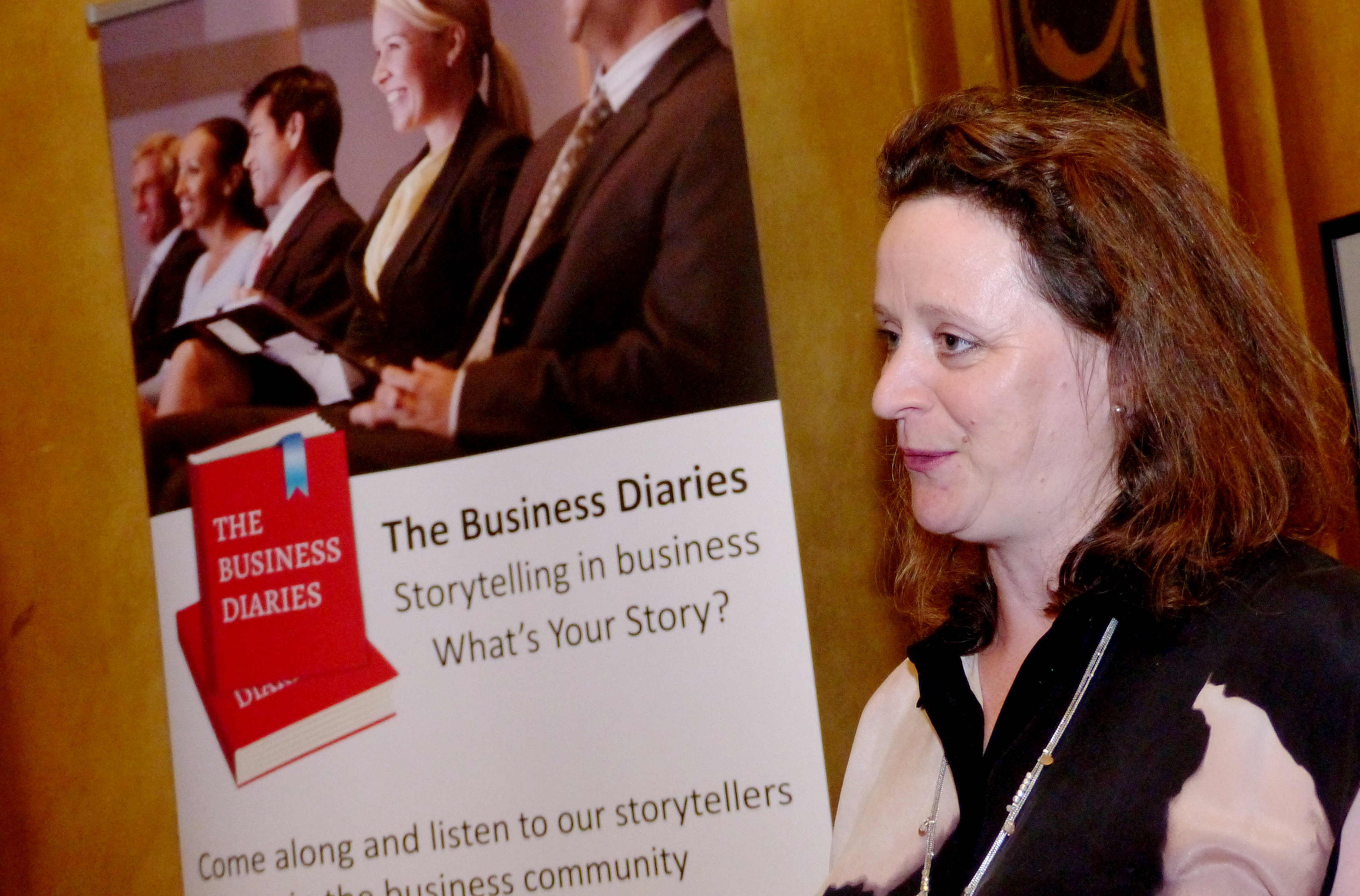Grammar is a cruel mistress
Have you eaten granny? Have you eaten, granny? Two very similar sentences, with two completely different meanings, all thanks to a simple little comma. The first asks if granny has been eaten, the second if she has eaten. Sometimes the tiniest little thing can make an absolutely huge difference, which is why, as a PR professional, I believe it to be of paramount importance to pay attention to even the smallest details and to always communicate with clarity. A comma here, an apostrophe there, an ambiguity here, a past participle there; these things are often unimportant and, indeed, can go completely unnoticed in speech, but the English language can be a cruel mistress when it comes to the written word. We all know the obvious ones – lose and loose, could of (wrong) and could have (correct), their and there and they’re, when to use capital letters or not (proper names yes, job titles no). Goodness me, it’s a minefield…
My 16-year-old son, whilst preparing to apply for his first part-time job, was recently compiling his CV and composing a covering letter. I’m sure he must have thought I was nagging unnecessarily when I was attempting to drive home the message that there shouldn’t be any grammatical errors or spelling mistakes. He did a couple of rewrites, I proofed it, my husband double-proofed it and, sure enough, it went out clean. I don’t know if he will get the job, but I do know that he has given himself the best possible chance. For an employer, sometimes the tough choice between two candidates of equal quality can come down to the false use of an apostrophe, a misplaced plural or a spelling mistake
Defining your message
Communicating with clarity is about more than just grammar and spelling, though. It’s about defining your message and getting it out there clearly, concisely and without ambiguity. Sounds easy enough, but sometimes, in our haste to make that message as broadly appealing to as wide an audience as possible, it can all become something of a jumble.
Clarity in business
Have you ever been on a company’s website, read something on one page, then read something on another that seems to be saying entirely the opposite? Clarity, in a business sense, must be all-encompassing. It’s what you say about yourself and your business in a one-minute intro at a networking event, how you quote for new business and invoice for work completed, how you portray yourself and your business across the social media platforms, as well as how you construct and display the content on your website.
Be intelligible, avoid jargon, keep it short and simple and remember your audience
One logo, brand colours, the visual appeal of dynamic photography, maybe a catch-line; all these things come into the mix too, alongside the written word and personal presentation. After all, how can any potential clients/customers really be expected to know who you are and what you can do for them if you are not able to give that message in a clear and easily-understandable way? Put yourself in their shoes. If you were to find yourself staring at a garbled website with unintelligible messaging, I suspect that you would probably give up trying to decipher it and look elsewhere.
What to say? Find your story
Business, in the modern world, is about finding your business story and telling it in a way that will appeal to potential customers. Your story is what differentiates you from your competitors. “But”, I hear you say, “It’s the quality of my product/service that does that”. I reply, “Yes it does, but it is your story and the appealing way in which you tell it, which will draw in the customers to try out your product in the first place. Only then will they be in a position to discover and enjoy its high quality, become loyal customers and advocates of you and your product or service.”
How I can help?
I work to bring out the best in people, in communication terms, by leveraging what they do well, helping them to find and craft their story, clarify and refine their messaging and target it towards their ideal clients. For more information click here
But, ultimately, it comes down to this: Define your story. Tell it to those you want to hear it most, using the preferred medium and language which resonates with them. Describe the birth of your business, your travails, successes and pitfalls. The forks in the road. How you overcame adversity. Personalise it. But always stay on message and be mindful of your audience. Communicate with clarity…
Communicating with Clarity

